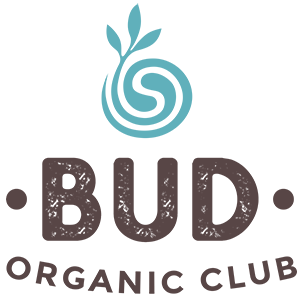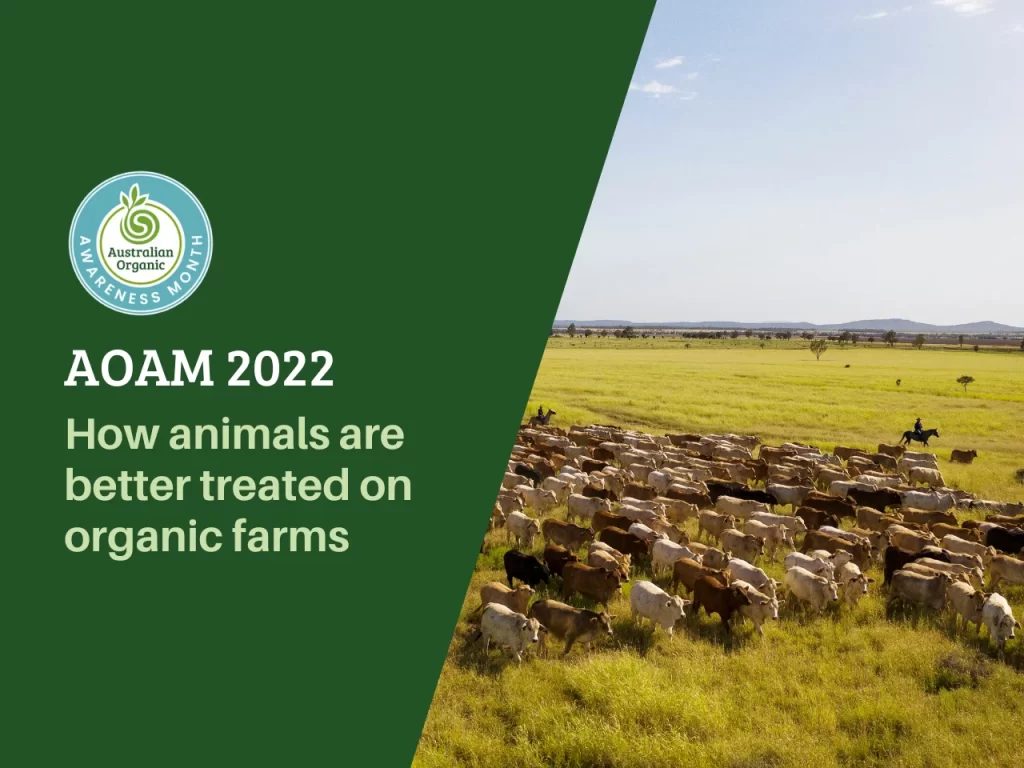There is a lot of extra work that goes into producing delicious organic food, because it’s grown naturally, without synthetic herbicides, pesticides, or chemicals.
Chickens are allowed more space, pigs aren’t kept in stalls and cattle graze on a healthy grass ecosystem – all of which can mean more intensive labour for the farmer and the need to add a little extra at the checkout.
This Australian Organic Awareness Month, we’re encouraging consumers to find out more about organic, including what organic means, how it is beneficial for animals, how it is healthier, as well as how to shop organic more affordably.
Here are just a few tips to help you eat organic without breaking the bank.
Some products are cheaper
While there is a perception that all organic items are more expensive, some certified organic products are cheaper than their brand name equivalents. For example, items such as tea bags, soy milk and baby food often cost less.
Other cost-cutting tips include:
- Organic delivery boxes
Each service is different and, depending on the season, you will save 15 to 20 per cent when compared to purchasing the same products individually.
- Farmers’ Markets
Local farmers’ markets can provide lower-priced produce as they cut out the middleman and bring fresh produce straight from the farm to the consumer.
- Swap in one product
A great way to make the transition to organic is to swap in one product at a time whether it be organic food, wine or skincare. Pantry items can also be built up over time to save costs.
- Bulk buy
Many stores provide discounts for buying in bulk which is especially helpful for non-perishable products.
So, shop around, or swap out just a few items – and remember to look for your trusted organic certification logo, such as the ‘Bud’.


